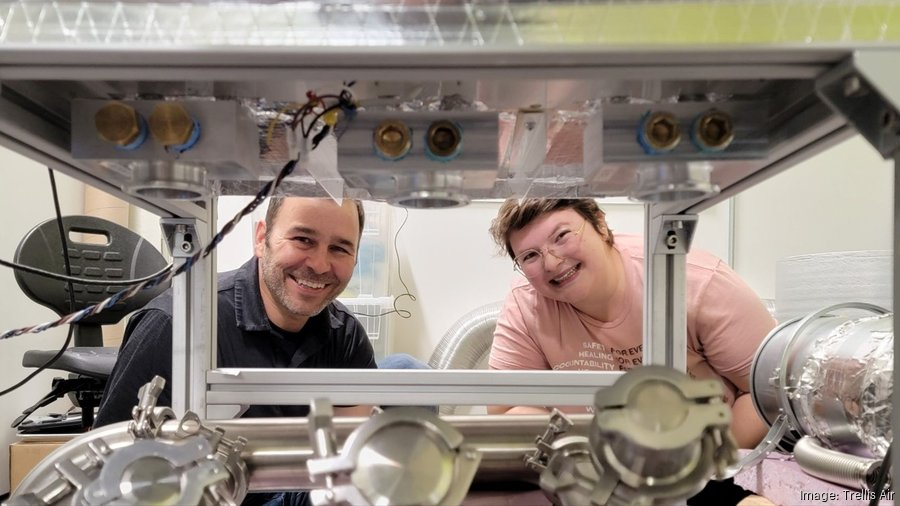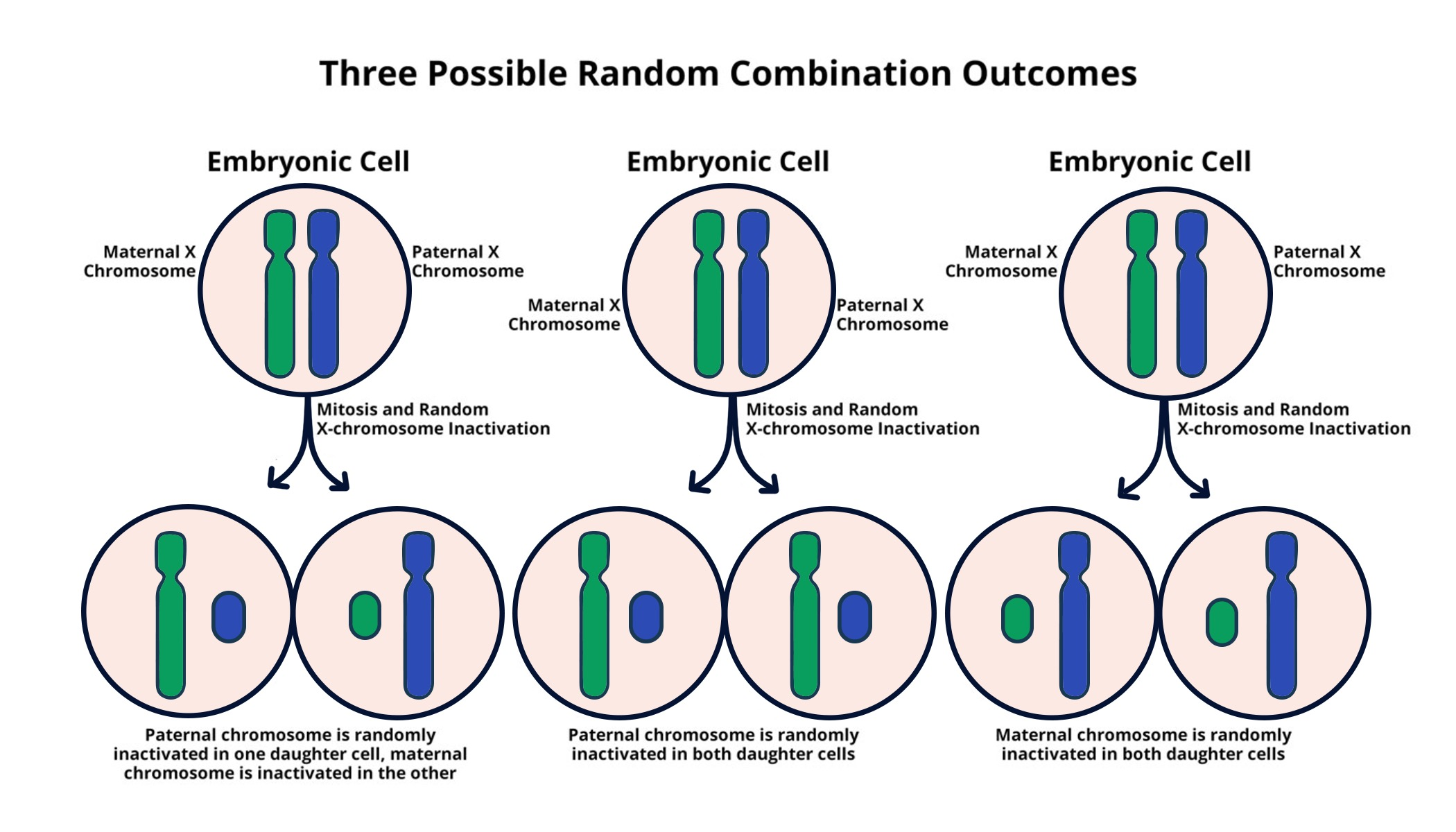MicroRNA gene regulation represents a significant breakthrough in understanding genetic control mechanisms, fundamentally altering our approach to cellular biology. Emerging from the pioneering work of Nobel laureate Gary Ruvkun and his colleague Victor Ambros, these tiny RNA elements have revealed new layers in gene expression regulation, particularly in models like the roundworm C. elegans. Their groundbreaking discovery, which earned them the 2024 Nobel Prize in Physiology, sparked a renaissance in RNA research, leading to the exploration of microRNA therapies for diseases such as cancer and Alzheimer’s. As we delve deeper into microRNA functions, researchers are uncovering their crucial roles not only in developmental processes but also in human health. With ongoing clinical trials testing microRNA-based treatments, the potential for therapeutic interventions marks a transformative era in molecular medicine.
The regulation of genes by microRNAs—often referred to as small non-coding RNAs—underscores a critical aspect of genetic control that has captivated scientists in recent decades. This innovative field, initially championed in research involving C. elegans, has expanded to encompass a variety of organisms, bridging discoveries across evolutionary biology and medicine. Researchers like Gary Ruvkun have led the charge in uncovering how these molecules influence gene expression, ultimately paving the way for microRNA-based therapies targeting several chronic conditions. As the implications of microRNAs become clearer, their role in RNA research breakthroughs is reshaping our understanding of protein synthesis and disease management. This evolution in gene regulation research continues to stimulate not only academic inquiry but also the development of impactful therapeutic strategies.
The Evolution of MicroRNA Research
The discovery of microRNA by Gary Ruvkun and Victor Ambros in C. elegans revolutionized our understanding of gene regulation. Initially met with skepticism, their findings highlighted a previously undocumented level of control over gene expression that was not only pivotal for the roundworm but also fundamental in a variety of organisms, including humans. This breakthrough, published in 1993, laid the groundwork for a burgeoning field of RNA research, attracting attention from scientists across biological disciplines.
As the years progressed, the interest in microRNA research amplified dramatically, reflecting significant milestones in physiology and molecular genetics. The collaborative efforts among researchers, encouraged by federal funding, not only sought to understand the intricacies of RNA but also aimed to address pressing health issues. The research led to new insights into the roles of microRNAs, illustrating their influence in cellular processes and disease mechanisms.
Impact of Gary Ruvkun on RNA Research
Gary Ruvkun’s impact on RNA research transcends his discovery of microRNA. His commitment to understanding the genetic systems in C. elegans has directed much of the focus in genetic and biomedical research towards RNA’s multifaceted roles. By championing the significance of tiny RNAs, Ruvkun shifted the narrative within the scientific community, drawing connections that were once overlooked and fostering an environment where new therapeutic strategies can be developed.
Moreover, Ruvkun’s influence extends into the commercialization of research outcomes, demonstrating how basic science can pave the way for advancements in medicine. His recognition culminated in the 2024 Nobel Prize, validating decades of meticulous research that contributed to breakthroughs in RNA therapies. Under his influence, companies like Alnylam emerged, creating innovative treatments that harness the power of microRNA for diverse clinical applications.
The Role of Federal Funding in Scientific Innovation
Federal funding has been a cornerstone of Gary Ruvkun’s research trajectory and, by extension, the evolution of microRNA studies. With around $150,000 funding annually for 40 years, Ruvkun has emphasized the importance of sustained financial support in fostering scientific inquiry and technological advances. The impact of such funding has been profound, fueling the persistence of promising research avenues that might otherwise be abandoned due to lack of resources.
In understanding the landscape of scientific exploration, it’s evident that government investment has laid the foundation for numerous technological breakthroughs. Ruvkun argues that the rich history of federally funded research has propelled the U.S. to the forefront of global scientific innovation. This highlights the urgency of continued financial commitment to nurture young scientists who might otherwise seek opportunities abroad, stifling potential advancements within the United States.
Advancements in MicroRNA Therapies
Research has rapidly advanced into clinical trials for microRNA-based therapies, positioning these innovations at the forefront of modern medicine. Conditions such as heart disease, cancer, Crohn’s disease, and Alzheimer’s are now being targeted through tailored microRNA treatments, showcasing their promising therapeutic potential. As the scientific community gathers more data on the efficacy and safety of these treatments, there is optimism regarding revolutionizing how we approach chronic diseases.
The progress in microRNA therapies has sparked excitement not only among researchers but also within the pharmaceutical industry, leading to robust partnerships and collaborations. Companies dedicated to RNA interference therapeutics, like Alnylam, exemplify the growing confidence in microRNA applications, translating research discoveries into real-world solutions for patients. The continuous exploration of microRNA roles in human biology offers a pathway to more personalized medicine, reshaping treatment paradigms.
C. elegans: A Model Organism for Genomic Studies
C. elegans has served as an invaluable model organism in genetics and developmental biology, primarily due to its simplicity and the ease of genetic manipulation. The findings from Gary Ruvkun’s research on microRNAs derived from studying this roundworm provided critical insights applicable to more complex organisms, highlighting evolutionary conservation across species. Researchers often turn to this nematode to model human diseases, illuminating fundamental biological processes and advancing therapeutic strategies.
The advantages of using C. elegans extend beyond its genetic relevance; it also allows for real-time observation of microRNA function in vivo. This model has been pivotal in elucidating the roles of microRNAs in gene expression regulation and their broader implications for organism development. As research continues, C. elegans remains a key contributor to the expansive field of RNA studies, exemplifying how model organisms can drive scientific breakthroughs.
Future Directions in RNA Research
The landscape of RNA research is rapidly evolving, with ongoing studies aiming to uncover the myriad functions of non-coding RNAs, including microRNAs. Future investigations will likely delve deeper into how these molecules affect cellular pathways and their potential implications for genetic therapies. By understanding the complex interactions between microRNAs and their target genes, researchers hope to devise more effective treatments and preventive strategies for various diseases.
Moreover, the integration of advanced technologies, such as CRISPR and other gene-editing tools, could revolutionize how scientists approach RNA research. With these innovative methodologies, the capabilities to manipulate microRNA genes and explore their functionality in greater detail will undoubtedly foster a new era of medical application. The focus on RNA holds significant potential to not only enhance our understanding of biology but also innovate health care solutions on a global scale.
The Legacy of MicroRNA Research in Medicine
The contributions of microRNA research to the medical field cannot be overstated, particularly as we observe an increasing number of therapies emerging based on these tiny yet powerful molecules. Scholars and practitioners alike recognize that understanding microRNA’s role is foundational to interpreting genetic diseases and developing treatments. As research continues to highlight their influence on gene expression, the implications for medical practice and pharmaceutical development are enormous.
The recognition of microRNAs by platforms such as the Nobel Prize underscores the impact of Gary Ruvkun’s pioneering work and its ongoing relevance in shaping future medical paradigms. The legacy left by Ruvkun and Ambros serves as motivation for new generations of scientists to explore the uncharted frontiers of RNA research. As knowledge expands, so too will the avenues for innovation and discovery in health and medicine.
Challenges Facing MicroRNA Therapeutics
As promising as microRNA therapeutics are, they encounter significant challenges in their development and implementation. Issues concerning delivery mechanisms, specificity of action, and potential off-target effects must be thoroughly addressed to ensure that these therapies are both safe and effective. Researchers are tasked with navigating these complexities while optimizing the therapeutic applications of microRNAs, which will require interdisciplinary approaches involving geneticists, biochemists, and medical professionals.
Furthermore, the regulatory landscape for new therapies can pose additional hurdles. Ensuring compliance with health regulations while maintaining innovative research can be a delicate balance. As researchers advocate for microRNA-based treatments, it is imperative to collaborate with regulatory bodies to facilitate efficient pathways for translational research. Thus, ongoing dialogue between researchers, clinicians, and regulators will be key in overcoming these challenges and promoting the growth of microRNA therapies.
The Interdisciplinary Nature of RNA Research
The field of RNA research exemplifies the importance of interdisciplinary collaboration, drawing together expertise from various scientific domains, including genetics, molecular biology, and medicine. Gary Ruvkun’s work serves as a testament to the benefits of combining insights from different areas to achieve holistic understanding and drive innovation. This interdisciplinary approach is crucial in RNA research as it allows for the integration of diverse methodologies and perspectives, ultimately enhancing the depth and breadth of scientific inquiry.
As researchers venture into the intricacies of microRNA functions and their broader implications in health and disease, the need for collaboration will only grow. By working together across disciplines, scientists can leverage complementary expertise, enabling comprehensive exploration and innovative solutions. In fostering these collaborative efforts, the RNA research community positions itself well to continue making transformative contributions to science and medicine.
Frequently Asked Questions
What is the role of microRNA gene regulation in C. elegans research?
MicroRNA gene regulation plays a pivotal role in C. elegans research, as discovered by Gary Ruvkun and Victor Ambros in the early 1990s. Their groundbreaking work revealed that microRNAs are essential for controlling gene expression, which influences development and function in organisms. This discovery in C. elegans has become fundamental in understanding similar regulatory mechanisms across different species, including humans.
How did Gary Ruvkun’s discovery of microRNAs lead to a Nobel Prize in physiology?
Gary Ruvkun, alongside Victor Ambros, was awarded the 2024 Nobel Prize in physiology for their discovery of microRNAs, which unveiled a new and significant level of gene regulation. Their initial findings, published in 1993, highlighted how these small RNA molecules regulate gene expression, a breakthrough that has vastly impacted genetics and molecular biology.
What are the potential implications of microRNA therapies in medicine?
MicroRNA therapies have significant potential in medicine, particularly in treating diseases such as heart disease, cancer, Crohn’s Disease, and Alzheimer’s. These therapies aim to restore normal gene regulation by targeting specific microRNAs, thereby modulating disease processes. Currently, many of these therapies are undergoing clinical trials, showcasing their promise in clinical applications.
How has the field of microRNA research evolved since its inception in the 1990s?
Since the discovery of microRNAs in the 1990s, the field has evolved dramatically, gaining recognition from a wider community beyond evolutionary biology. Initially met with skepticism, the significance of microRNAs has become clearer, showing their key roles in various biological processes across different organisms. The growth in interest has led to a doubling of conference attendance and expanded research funding, solidifying microRNA’s importance in genetics and therapeutics.
What impact do microRNAs have on the human genome?
MicroRNAs significantly impact the human genome by regulating the expression of approximately 1,000 genes responsible for producing proteins. This regulation is crucial for maintaining cellular functions, development, and responses to environmental signals. Understanding microRNA gene regulation has opened new avenues for exploring genetic diseases and developing targeted therapies.
What challenges does the microRNA research community face in funding and support?
The microRNA research community faces challenges related to funding and support, particularly as some scientists express concerns over potential cuts in federal funding. As noted by Gary Ruvkun, sustained federal investment has been vital for advancing basic research and enabling groundbreaking discoveries in RNA biology, including microRNA. Reductions in financial support could hinder progress and push talented researchers to seek opportunities abroad.
What is the significance of microRNA in the context of RNA research breakthroughs?
MicroRNA is central to numerous RNA research breakthroughs, showcasing the complexity of gene regulation and the versatile roles of RNA molecules in various biological systems. These small RNAs have been shown to be crucial in both basic biological research and the development of innovative therapies, marking them as a key area of focus for future scientific exploration.
| Key Point | Details |
|---|---|
| Discovery of microRNA | In 1992, Gary Ruvkun and Victor Ambros discovered microRNA in C. elegans, leading to their recognition with the Nobel Prize in 2024. |
| Initial Reception | The discovery was initially met with skepticism, as it was unclear how these findings pertained to other species, including humans. |
| Growing Interest | Interest in microRNA research grew over the years, leading to increased attendance at related conferences and interdisciplinary collaboration. |
| Clinical Applications | MicroRNA-based therapies for various diseases such as cancer and Alzheimer’s are currently undergoing clinical trials. |
| Federal Funding | Ruvkun has relied on federal funding for his lab, which he believes is essential for sustaining scientific research and innovation. |
| Impact on Industry | Basic research has led to the establishment of major biotech companies, highlighting the economic impact of scientific findings. |
Summary
MicroRNA gene regulation plays a critical role in understanding how organisms develop and adapt. Gary Ruvkun’s groundbreaking discovery in 1992 unveiled a fundamental aspect of gene regulation that was initially overlooked. Today, the implications of microRNA research are vast, influencing the development of therapies for significant health issues such as cancer and heart disease. As funding for scientific research remains vital to sustain these advancements, it underscores the need for continued investment in the field to maintain momentum and promote further innovation.









